|
Halloween is an exciting time for children. They get caught up with the ideas of costumes, scary stories, carving jack-o-lanterns, and of course trick or treating. Using these themes make learning more exciting. Learning about numbers, patterns, basic facts, and graphing can all be more fun if they involve themes. Here are some Halloween math activities that will add some spook fun to their learning. This scaffold framework is a great one for Halloween time because it is a time when kids allow themselves to think about wild and scary things that can happen. My students love to make up silly sentences. This is a set of Halloween themed parts of speech cards that they can use to mix and match for some hilarious sentences. Here are a couple of pictures from last year. What kinds of Halloween fun do you do in your classrooms? I would love to hear about them.
3 Comments
In Canada, Thanksgiving comes in early October. This is a time for thinking about others and for being grateful for all the blessings we have. I feel that it is important to focus on giving rather than receiving, and this is a good start to preparing for the Christmas season that will be upon us before we know it. I love to use themes when presenting Math and Language concepts because they allow for many connections in real life. Real life connections are necessary if we want our students to be able to apply what they learn and find it meaningful. Here is a sample math and language activity that I created using Thanksgiving as the theme. Click on the image to get a copy.  If you would like to try some other Fall/Thanksgiving activities, check out my Fall/Thanksgiving bundle. Using projects evolved from a need to help students share their learning in a variety of different ways. I discovered early in my classroom teaching experience that some students had a wealth of knowledge, but that they were unable to truly share it in written activities. I decided to try using projects for representing their learning, and I have never looked back. Here are some of my most popular social studies projects as well as a couple of other special projects. This 3D community project started out as a class project where the class created the community from beginning to end based on what we learned during our study of what a community needs. Our celebration was our chance to share what was learned during this unit. Check out one of our communities below. I find that Social Studies lends itself well to projects. Most of my projects deal with Canada and the provinces and territories, but I have also done some projects that are more global.
Our Solar System was one of my first school/home projects that required the children to choose from a variety of activities to share their learning. It also contained a criteria marking sheet so that they knew what was expected and how it would be graded from the beginning. It was amazing to see how they rose to the challenge. Including the families when it came time to create the projects was a great way of communicating what we were doing at school. Check out some of the projects that my students created. The greatest part was when they shared them with the families and other guests. Their pride and the positive atmosphere made it all worthwhile. Here is a summary of some of the lessons and a couple of pages to go with lesson 5. Click on the grid if you would like a copy. I hope that you have found these ideas helpful. I would love to hear about how you use projects in your classroom to represent learning.
Using a scaffold or framework for creating poems helps get beginning writers going. It is always fun to do some brainstorming as a group to get the imaginative juices flowing. I love being able to spin a story or a poem with my kids. One rule I have, is that they can't use my examples in their poems. However, they can do a slight variation of an idea. I try to make sure that I don't choose the most obvious ideas so that they have some options that are not too difficult to select from. After giving some examples, I usually get the students to brainstorm ideas on a thinking page. Once they have several to choose from, I get them to add descriptive language and juicy details to their ideas. Then they choose the ones they will use in their framework. They create a draft on plain lined paper, edit it, and then do the final copy. They love having the fancy paper to display the finished poems on the bulletin board. Here are some samples of scaffold poems from my Teachers Pay Teachers store. Click on the images to get your free copies. There are many more topics that can be used. It might be fun to generate a list of topics with your students. Hopefully you will find this format works well.
Fall is a great time for preparing for special days and activities. School is back in session and the routines are getting established. Now it is time to get down to the academics. Math is tough for some students, but by using games and activities, they often get engaged and learn without realizing it. This allows for more enjoyment and better retention as well. Here are some task cards and glyph activities that have been successful in my classes. The addition task cards are great for practice and review. The glyphs are fun to do and it is interesting to see what the comparisons are when they are done. I always make sure that the names are not seen so that we can make the comparisons using just what we see in the glyphs. The pumpkin glyphs require coloring, and the turkey glyphs require cutting and pasting. I often would make a bulletin board display in the hallway later so that other classes could try to do some of the questions. Probability games are always a hit in my class. This is a great way to teach probability and also to reinforce the concept of odd and even.
Give dice and tally sheets to each student. Roll the dice and keep a tally of each roll. Check the results after 10, 20, 30, 40, and 50 rolls. The students will be amazed at how the results change as the number of rolls gets higher. When they get good at using 6 sided dice, increase the difficulty by using 10 or 20 sided dice.This is a collection of odd and even tallies that can be used for fall or during the Halloween season. All that is needed is some dice and a tally sheet. There are different themes to choose from. Click on the image to get your free copy. I have been thinking about making some music products for awhile now, but it has been on the back burner due to other more immediate needs. Last week my daughter asked me if I could create a music quest with some task cards for her general music classes in middle school. She generated some trivia questions and information that she wanted for the cards and I created them. While waiting for her to come up with her material, I created some other products, including a primary version of Music Quest. These quests include several games that can be played in groups, with partners, or as center activities. In primary classes, many rhythm instruments are used for creating music. Rhythm and notation are also introduced in later grades. I have used these concepts to create some matching games for the primary and early intermediate classes. If you are looking for some fun activities for the music classroom, or if you teach your own music and would like some activities to engage your students, check these out.
|
About Me Charlene Sequeira
I am a wife, mother of 4, grandmother of 9, and a retired primary and music teacher. I love working with kids and continue to volunteer at school and teach ukulele. Categories
All
|



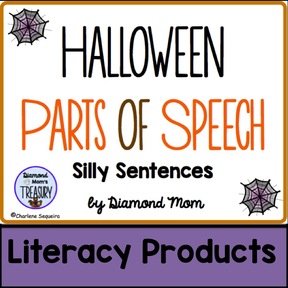








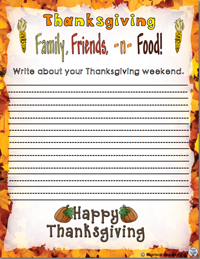

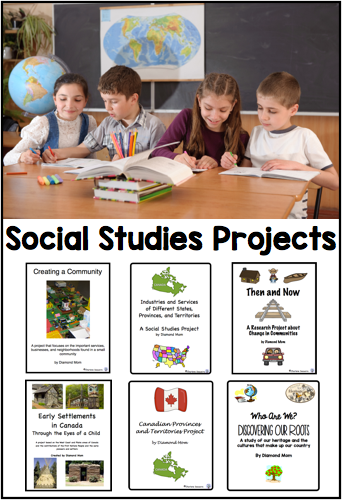









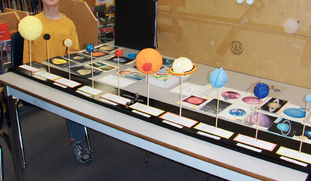






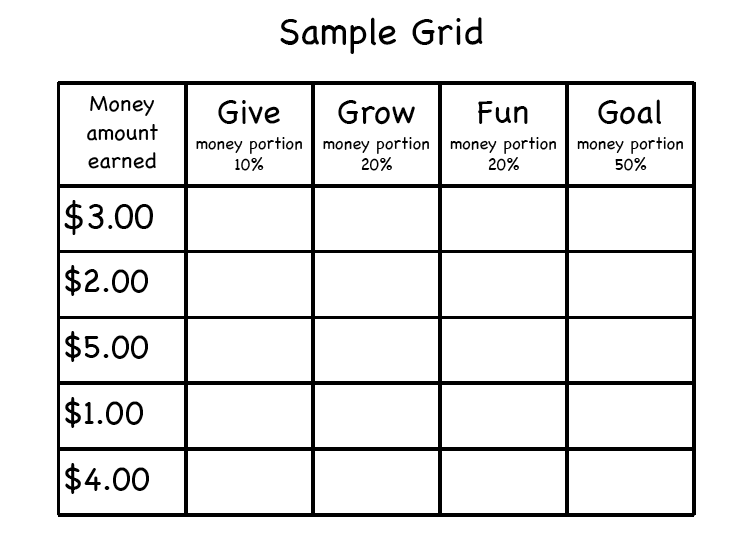



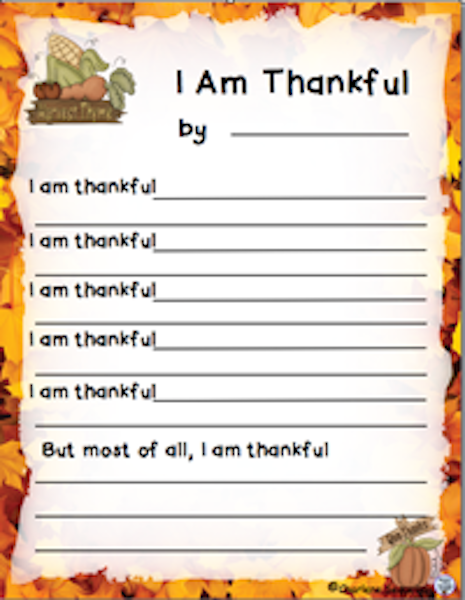


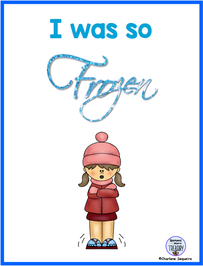
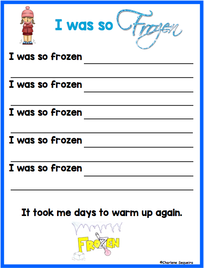
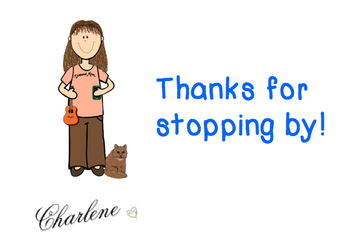
















 RSS Feed
RSS Feed